Eggs cookery:Techniques, Uses, and Nutritional Benefits
About eggs:-
Most eggs are produced in large factory farms and are exposed to artificial light and live in small battery cages that are two or three rows high. Each cage can house from 3-10 chickens in very cramped space. Some plants today are being modernized to allow for better lighting and space accommodations.
- Due to such versatility, the egg is considered a primary ingredient in culinary preparation, providing moisture, structure and richness in dishes. It also and emulsified and aerator when properly handled and used. There are many types of eggs such as goose, duck and turkey. In cookery, other types of eggs are often used but the chicken egg is most common.

- Consume the eggs of birds like hen, goose, turkey, fowls etc. The eggs of only those birds whose meat is eaten are used for cooking purposes. Eggs serve a versatile and basic function in diet and in food preparation. They are a pre-packaged container of nutrients in their own disposable shell.
- Free Range eggs as defined by that birds have access to the outdoors.
- Cage-free eggs are eggs from birds that are not raised in cages, but in floor systems usually in an open barn.
- Organic eggs come from chickens fed organic feed and given no antibiotics.
- Vegetarian eggs are produced from chickens fed only vegetarian feed with no meat added.
Structure of an Egg

Egg yolks are high in protein, fat and cholesterol. Eggs whites are 90% moisture and 10% protein. The yolks are 50% moisture, 30% fat, and 20% protein. Yolks contain lecithin, an emulsifier that is essential to Hollandaise and mayonnaise preparation. Egg yolks add richness and moisture to preparations including cakes, souffles, and custards.
Shell –It is the outer hard covering of the egg and is made up of Calcium, Magnesium carbonate and Calcium phosphate. The shell gives shape to the egg and holds the inner contents. The shell contains thousands of pores that allow CO2 and moisture to escape, as well as air to enter. The shell is covered by a cuticle membrane or Bloom and should not be washed.
- The bloom acts as protective covering blocking the pores, and prevents moisture loss and bacterial contamination. When eggs are washed before going to the market, the cuticle is removed. To protect the egg, the washed eggs are coated with a thin film of edible oil.
Membrane- Beneath the shell, there are two semi permeable membranes – the outer and the inner. These membranes act as a protective layer in case the shell cracks.
Air cell :-On one side of the egg (broader), both these membranes separate to form an air cell. This is formed by contraction of the contents as soon as the egg is laid, due to the difference in the outside temperature.
Egg white :- It has 1/8th part of the protein, which is called albumin; the remaining being water. The egg white consists of three parts – the outer thin albumen, the middle thick albumin and the inner thin albumin.
Egg yolk :–The yolk is separated from the white by a membrane called vitelline membrane. This membrane prevents the mix of both yolk and white. 1/6th parts of the egg yolk contains proteins, 1/3rd fat and the rest water, Vitamins and minerals like Calcium, Phosphorus, Iron etc.
Chalaza :–The egg is kept in position at the centre of the egg with the help of the chalaza. It has a thick-cord like appearance and is composed of proteins. This chord-like structure may have to be strained while making custards.
EGG QUALITY AND GRADING
In India, eggs are graded according to the weight into 4 grades. Extra large-more than 60g, large- 53-59 g, medium- 45-52 g, small- 38-42 g. Clean eggs with unbroken shell are graded on quality depending upon depth of the air cell. Centering of the yolk and free defects are given grade A and B in India.
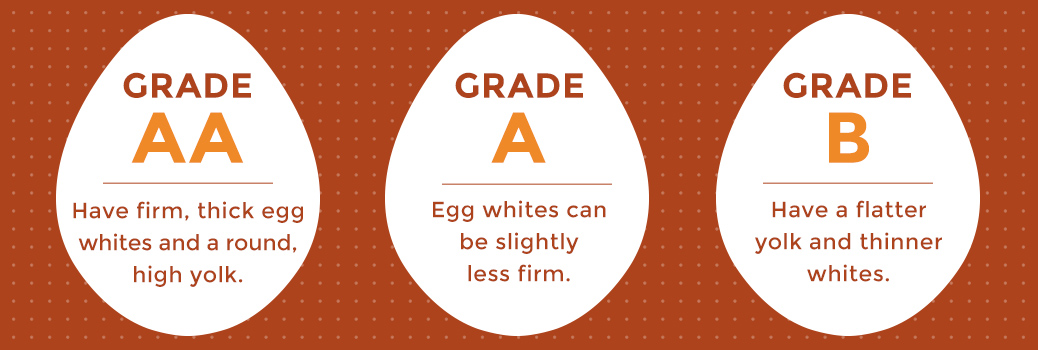
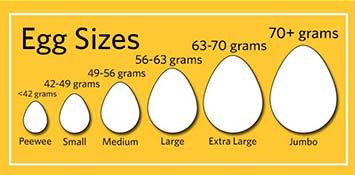
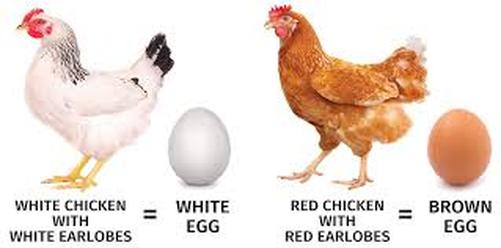
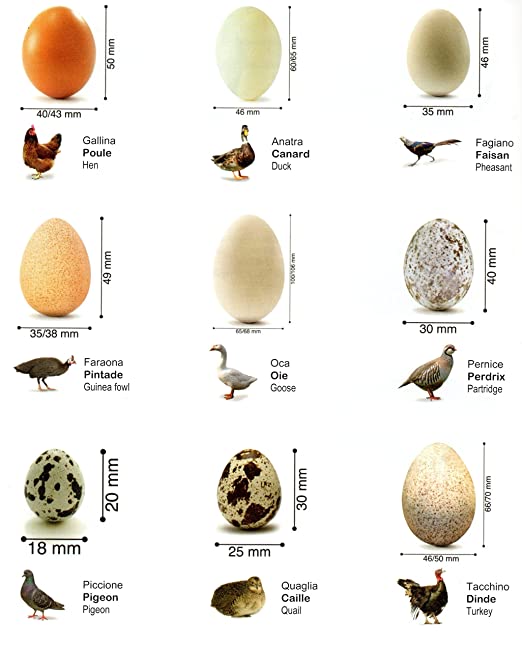
NUTRITIONAL VALUE
The nutritional value of eggs varies with their size
 |  |
EGGS IN COOKING
Eggs are extremely useful food as they are used in making so many kinds of dishes, either as a full menu or breakfast dishes.
Eggs are an integral part of cookery and they can be used for many purposes including:
- Egg yolks are high in protein, fat and cholesterol. Eggs whites are 90% moisture and 10% protein. The yolks are 50% moisture, 30% fat, and 20% protein. Egg Yolks contain lecithin, an emulsifier that is essential to Hollandaise and mayonnaise preparation. Egg yolks add richness and moisture to preparations including cakes, souffles, and custards.
- Egg whites when foamed act as leavening agents in cakes giving them height and volume. They are used in clarifying consommés and for meringues. Because the whites lack fat egg and becuase of this they are very dry, they are useful when a crisp texture is desired, for example on a baked meringue.

Some important facts of cooking of eggs: –
Fresher eggs– are best for poaching and frying because the whites are thicker, and they will hold together better.
Older eggs– peel easier when cooked in the shell because the gg shrinks and loses moisture as it ages.
Green egg yolks- are a result of overcooking and the interaction of iron and sulphur found in the yolk.
1. Eggs used for BINDING PURPOSE; –The stickiness of the egg helps to attach crumbs or items to food and binds the ingredients together. Examples: you can add an egg yolk to burgers or fish cakes, it will help them to stick together. An egg batter provides a binder for added coating, frequently an outer coating of flour, bread, crumbs or batter is added to food such as meatloaf to enhance its appearance, texture or flavour
2. Eggs used for COATING purpose-Beaten eggs can be used to coat fish or chicken portion before they are dipped into breadcrumbs and fried. This gives a crisp and attractive finish
3. Eggs used FOR GLAZING purpose-If pastry and scones are brushed with beaten egg and milk, they will have a shinny golden brown appearance when cooked
4.Eggs used as EMULSIFYING AGENTS-Eggs are used to form stable emulsion when you add an egg or egg yolk to mayonnaise, it helps the oil and vinegar to stay smoothly blend together. Eggs are also used as emulsifiers in ice creams, cakes and cream puffs. Eggs yolks create emulsion sauces including mayonnaise, hollandaise, and crème anglaise.
5. Eggs used as CLARIFYING agent-Raw eggs maybe added to hot broths. Egg whites will hold impurities and bring them to the top of a simmering liquid. Egg whites are essential in consommé clarification and when whipped create foams like meringues.
6. Eggs used for ENRICHING OTHER FOODS-Egg provides extra flavor and body in sauces and sweets. You can add a beaten egg to mashed potatoes or a milk pudding to improve the food value and make the dish more nutritious.
7. Eggs used FOR AERATING OR WHISKING-Eggs will hold a lot of air when whisked. Eggs will hold the air in small bubbles “to tighten” mixtures by encapsulating air bubbles. You will observe this when making a sponge cake, Pavlova or meringues. All the air held in the mixture by the egg makes the cake light and well risen.
Egg cooking technique
Boiling of Eggs:-
Boiled eggs are eggs, typically from a chicken, cooked with their shells unbroken, usually by immersion in boiling water. Hard-boiled eggs are cooked so that the egg white and egg yolk both solidify, while soft-boiled eggs may leave the yolk, and sometimes the white, at least partially liquid and raw. Boiled eggs are a popular breakfast food around the world. Eggs can also be cooked below the boiling temperature, i.e. coddling, or they can be steamed
Soft-boiled eggs- Soft-boiled eggs are not recommended for people who may be susceptible to salmonella, such as very young children, the elderly, and those with weakened immune systems. To avoid the issue of salmonella, eggs can be pasteurised in shell at 57 °C for an hour and 15 minutes. The eggs can then be soft-boiled as normal.
Soft-boiled eggs are commonly served in egg cups, where the top of the egg is cut off with a knife, spoon, spring-loaded egg topper, or egg scissors, using a teaspoon to scoop the egg out.
- Boiling Time:-3-6 minutes
Some picture of soft-boiled egg & its serving style-
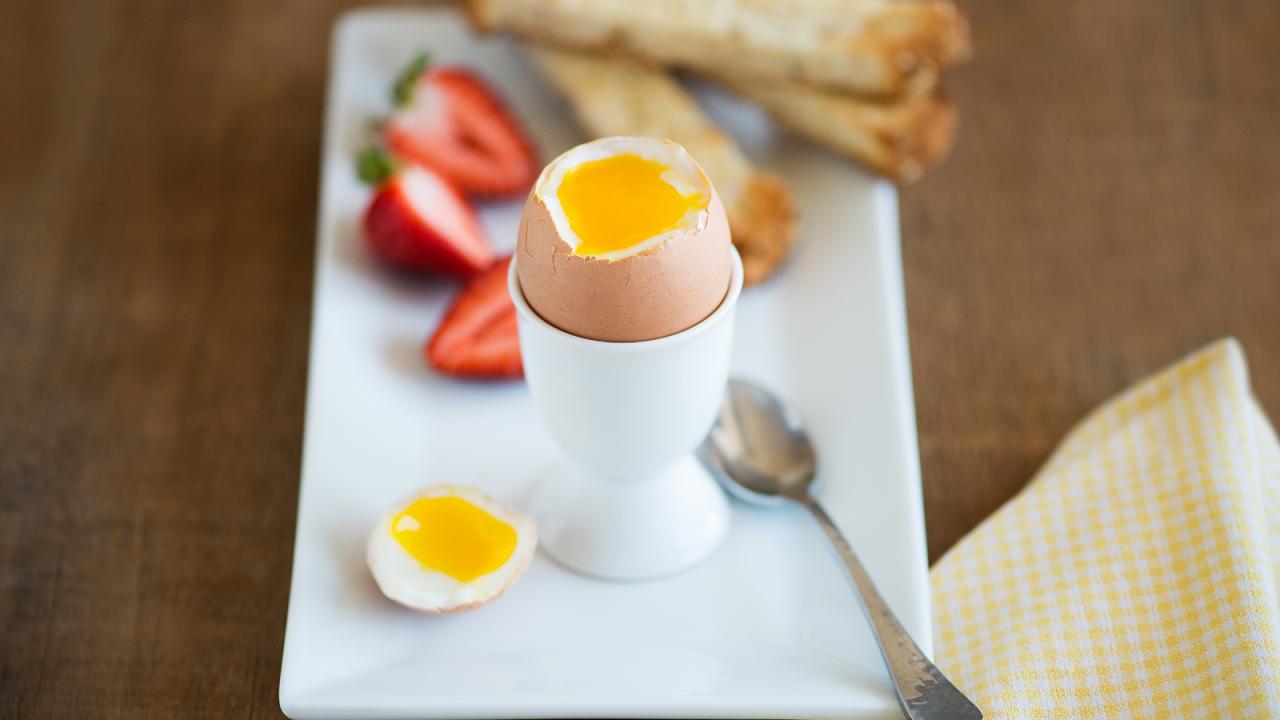 |  |
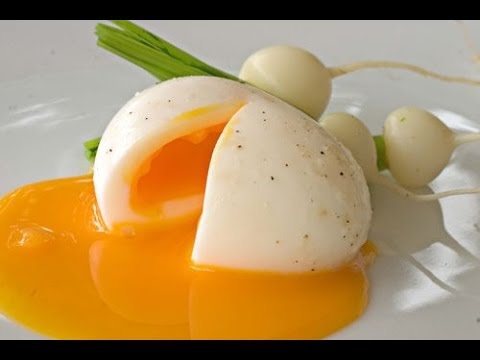 | 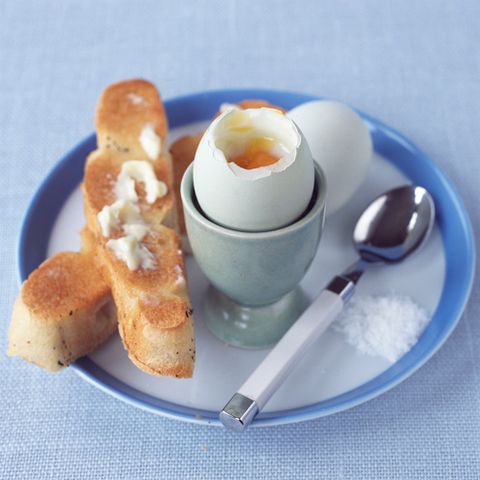 |
Medium-boiled eggs– have a solid white and medium-runny yolk that’s a bright, beautiful yellow. Boil for 6-8 minutes.
Picture view of Medium boiled eggs-
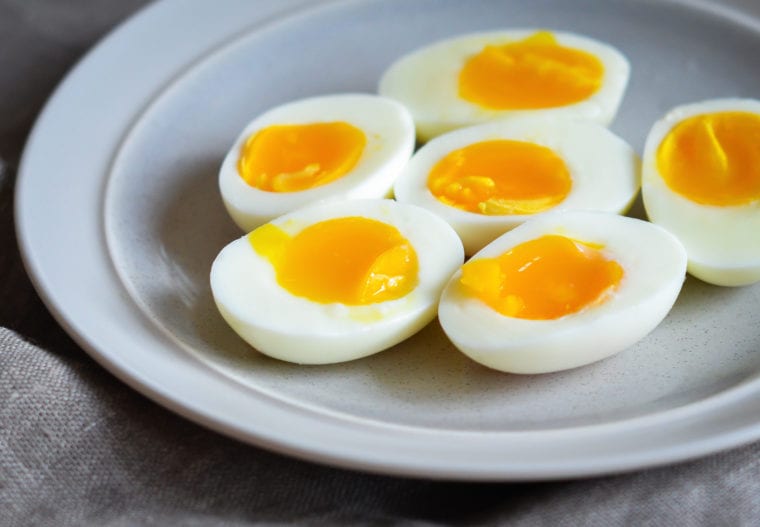 | 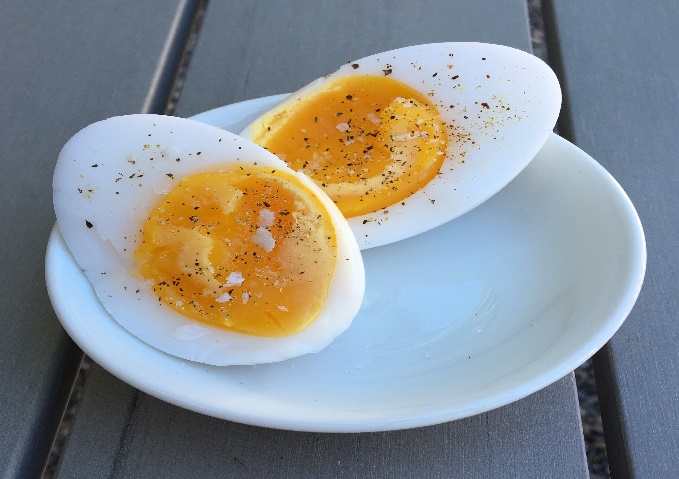 |
Hard-boiled eggs
Hard-boiled eggs are boiled long enough for the yolk to solidify. They can be eaten warm or cold. Hard-boiled eggs are the basis for many dishes, such as egg salad, Cobb salad and Scotch eggs, and may be further prepared as deviled eggs (Stuffed/dressed eggs). Hard-boiled eggs are commonly sliced, particularly for use in sandwiches.
Hard-boiled eggs should be used within two hours if kept at room temperature or can be used for a week if kept refrigerated and in the shell
Picture view of Hard boiled eggs-
 | 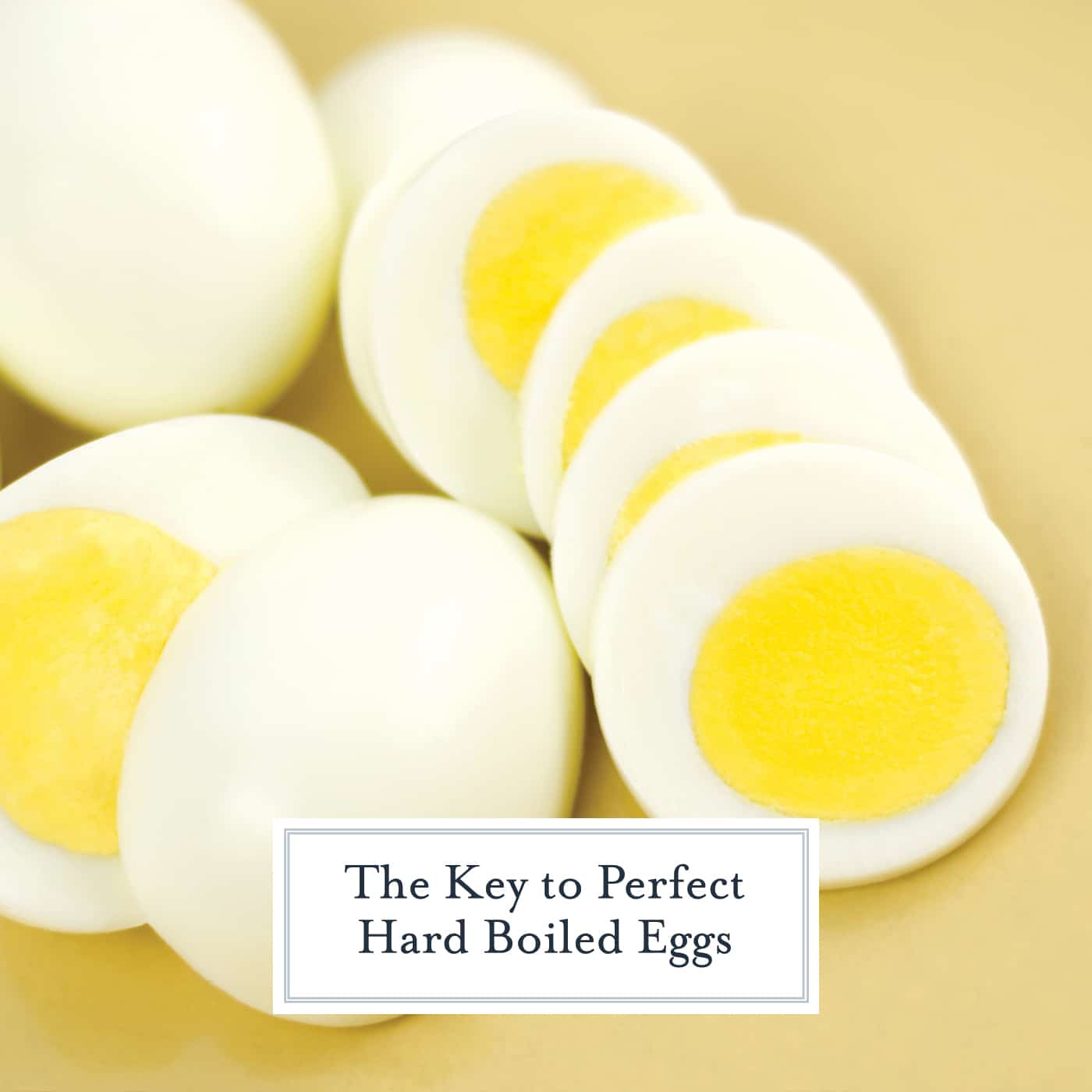 |
Poaching of Eggs:-
A poached egg is an egg that has been cooked, outside the shell, by poaching (or sometimes steaming), as opposed to simmering or boiling liquid. This method of preparation can yield more delicately cooked eggs than cooking at higher temperatures such as with boiling water. Poaching can be done in water, Milk or stock etc. Poaching is generally done at the temperature of 75 degree C. Fresh eggs are considered best for poaching.
Picture view of Poached eggs-
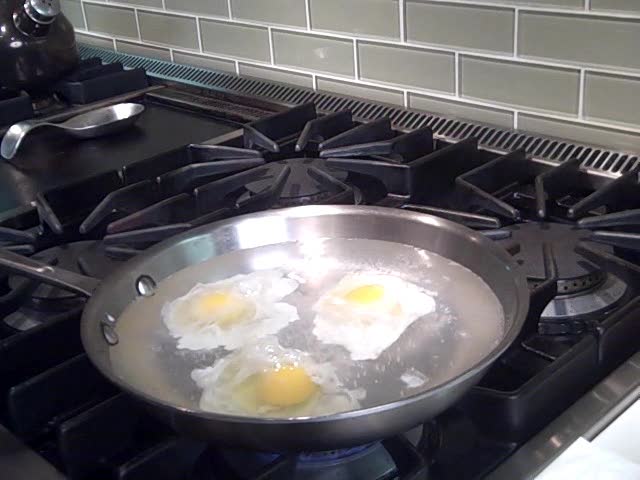 | 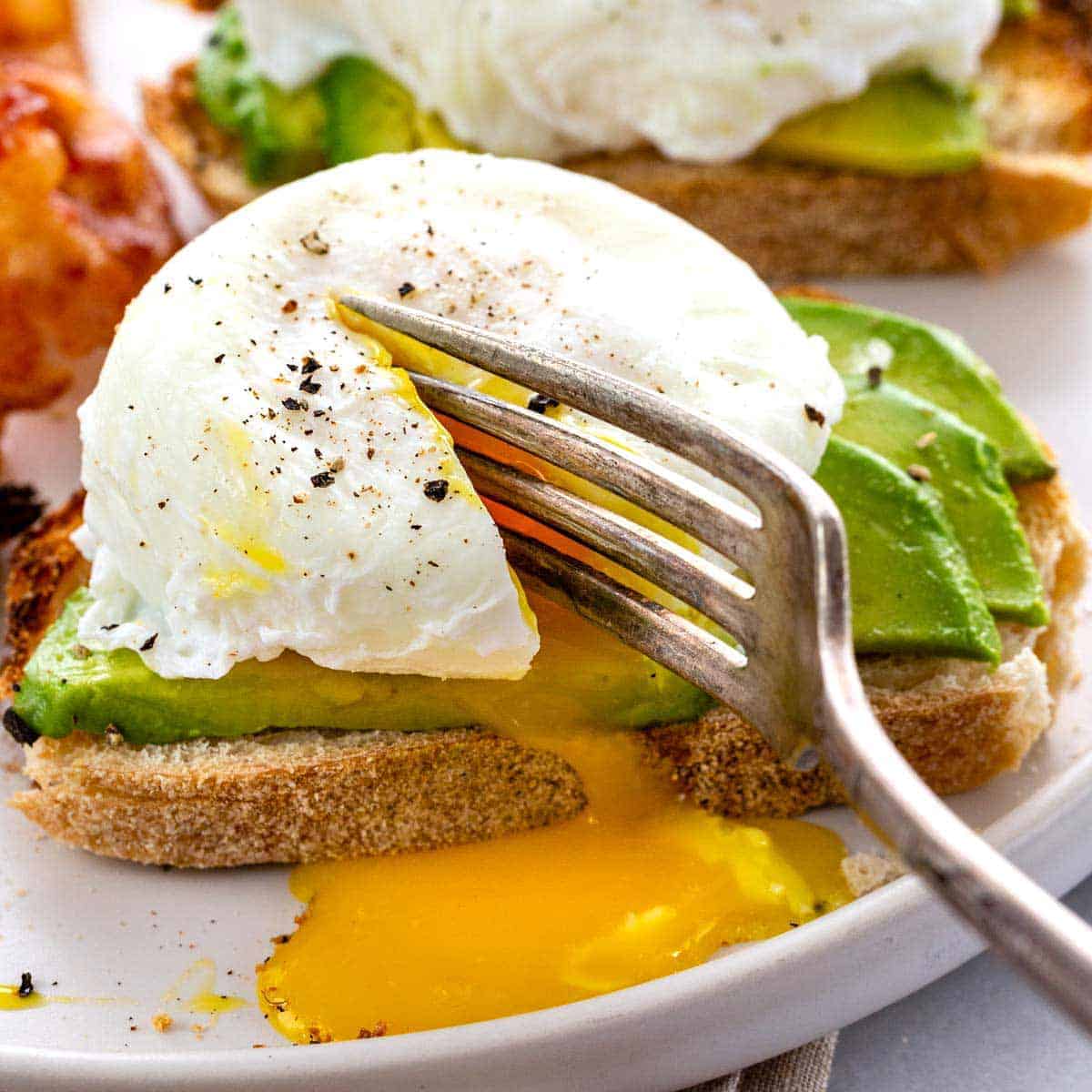 |
Baking of Eggs:-
Shirred eggs, also known as baked eggs, are eggs that have been baked in a flat-bottomed dish. Shirred eggs are eggs that have been baked in a gratin dish with a flat bottom Traditionally they have been cooked in a dish called a shirrer, from which the dish gets its name. Shirred eggs can be served at breakfast, brunch, lunch, or any other time of day. They are typically baked simply with butter until the whites have set and the yolks are thickened, and are usually served in the dish in which they were baked
Picture view of Baked eggs-
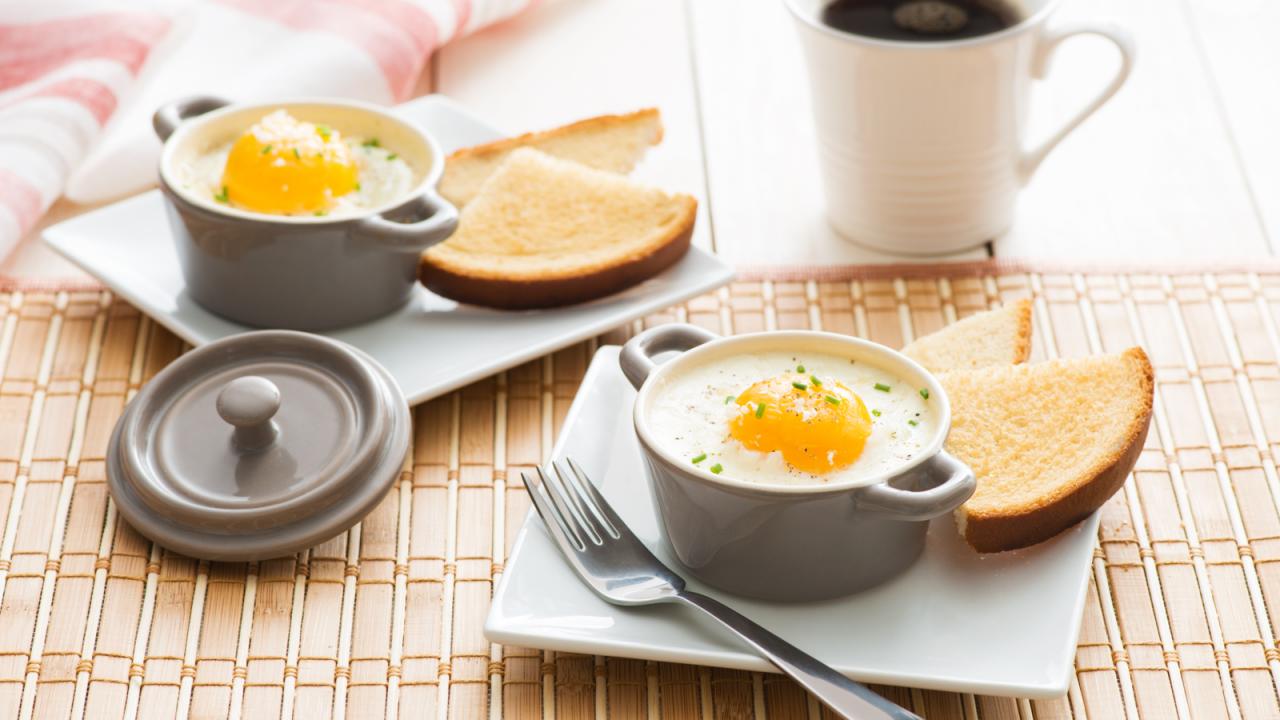 | 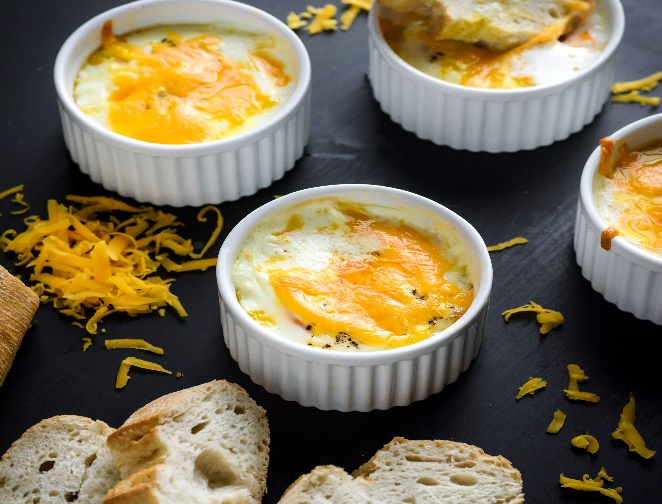 |
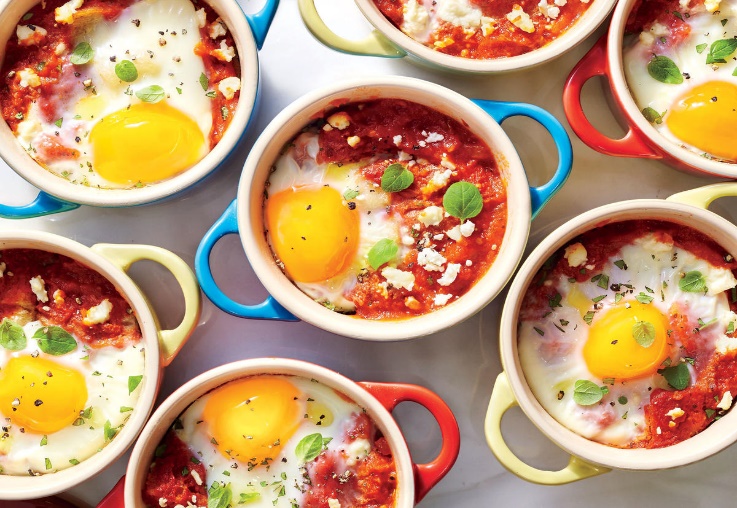 | 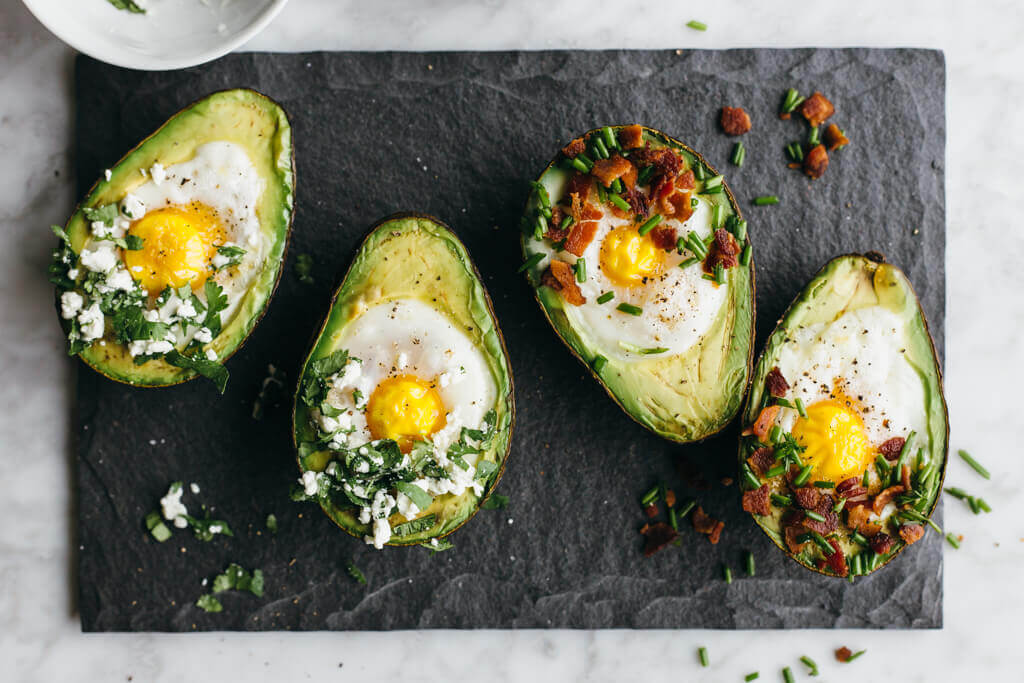 |
Omelette:-
In cooking, an omelette or omelet is a dish made from beaten eggs (Whole eggs or egg whites) which is fried with butter or oil in a frying pan with a very medium heat (without stirring as in scrambled egg). It can be folded with fillings such as cheese, ham, vegetables, meat etc. Every country has its own way of making omelettes.
| Indian style omelette A typical Indian Omelette contains chopped onions, green chilies and coriander leaves, the world has a variety to offer, when it comes to omelette. |  |
| Khai Chiao, Thailand- Khai Chiao is made by beating egg and deep frying it in oil. It is then served on a bed of steamed rice. |  |
| Tamagoyaki, Japan It is a rectangular shaped omelette made by rolling several layers of thin omelettes. It is made by adding with sugar, water, rice vinegar to eggs. It is cut into rounds and served with dips. | 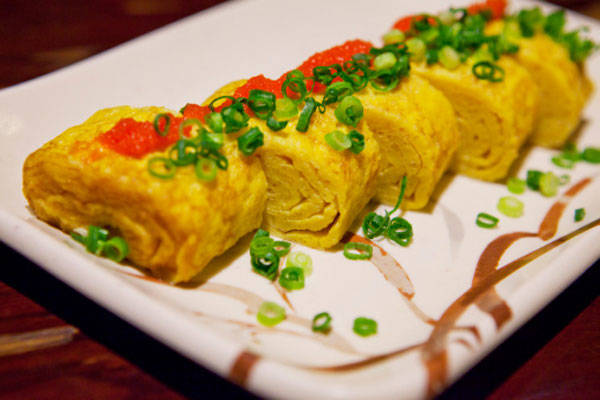 |
| Tortilla De Patatas, Spain it is made with layers of potato sautéed in oil and contains onions and bell peppers, which makes it a very thick and heavy preparation. |  |
| Fiittata, Italian it is made of veggies and even pasta mixed in eggs and then made into round omelettes cooked over slow flame. |  |
| French omelette, France The word omelette is of French origin and became popular around 17th century. It is no doubt very special in France and is more or less a gourmet dish with some variations. Made with clarified butter, onions, tomato, herbs and cheese, it is rolled and served mostly with stuffing of spinach and ham. |  |
Scrambled eggs-
Scrambled eggs is a dish made from eggs stirred or beaten together in a pan while being gently heated, typically with salt, butter and sometimes other ingredients such as water, milk, butter, chives, cream or in some cases crème fraîche, sour cream, or grated cheese may be added
Content Reference:-
The above content has been compiled after referring various culinary books, Research Papers, Research articles, Food magazines, news papers, top culinary websites, Govt websites, personal interaction with renowned chefs from various hotel brands like The Ashok Group of hotel, ITC, Oberai, Leela, Park Hotels & various IHM Faculties, Nutritionists etc. & many more. The picture which i have used has been taken from the open source website .Some of the important website referred for the above content are:-
****
